Immersing in the Ancient History of Cairo
Recently updated on August 23, 2023
Total words: 2425
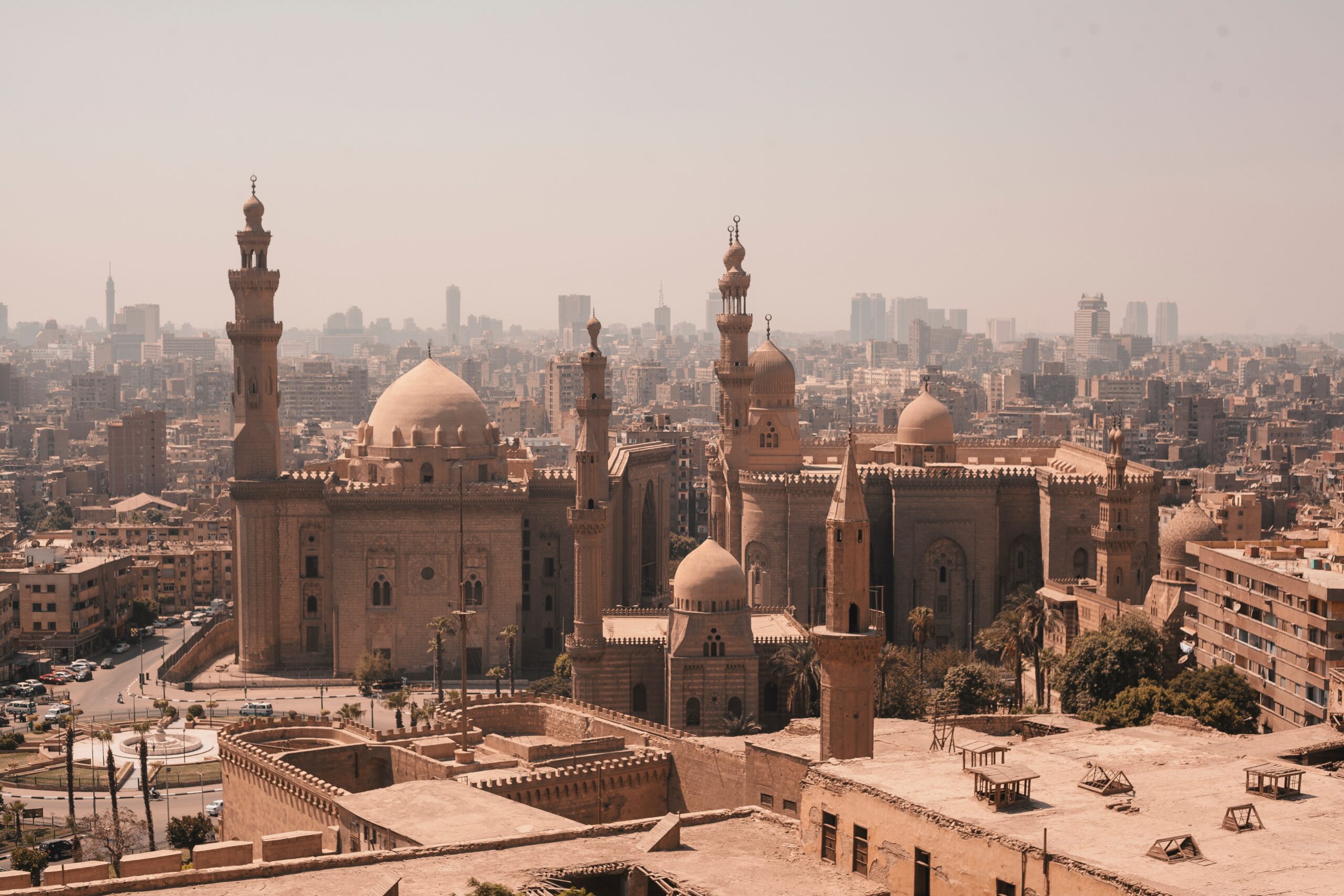
Table Of Content
- Exploring the Ancient Wonders of Cairo
- The History of the Pyramids of Giza
- Exploring the Ancient Temples of Cairo
- Discovering the Ancient Markets of Cairo
- The Cultural Significance of Ancient Cairo
Introduction
Welcome to the time-machine! In this blog, we will be immersing in the ancient history of Cairo – the capital of Egypt. Cairo is one of the oldest cities in the world, with a rich cultural heritage spanning centuries. It is a city that has seen many changes, and yet still carries with it the grandeur of its past. Let’s take a journey back in time and explore the unique history of Cairo.
Exploring the Ancient Wonders of Cairo
Cairo is a city steeped in history and culture, with an ancient and exciting past that can’t be experienced anywhere else. From the mighty Pyramids of Giza to the Citadel of Saladin, Cairo is home to some of the world’s most famous and awe-inspiring monuments. With so many amazing sights to explore, you’ll never run out of things to see and do. Whether you’re looking for a relaxing stroll through the city’s historic streets or an adrenaline-fueled adventure, Cairo has something for everyone.
The Great Pyramids of Giza
The Great Pyramids of Giza are the most famous ancient monument in Cairo. The three pyramids – the Great Pyramid of Khufu, the Pyramid of Khafre, and the Pyramid of Menkaure – were built as tombs for four of the Pharaohs of the Fourth Dynasty of Egypt. They are estimated to have been constructed over a period of twenty years, and are the only surviving Ancient Wonders of the World. Visiting the pyramids is an experience that everyone should have at least once in their lifetime.
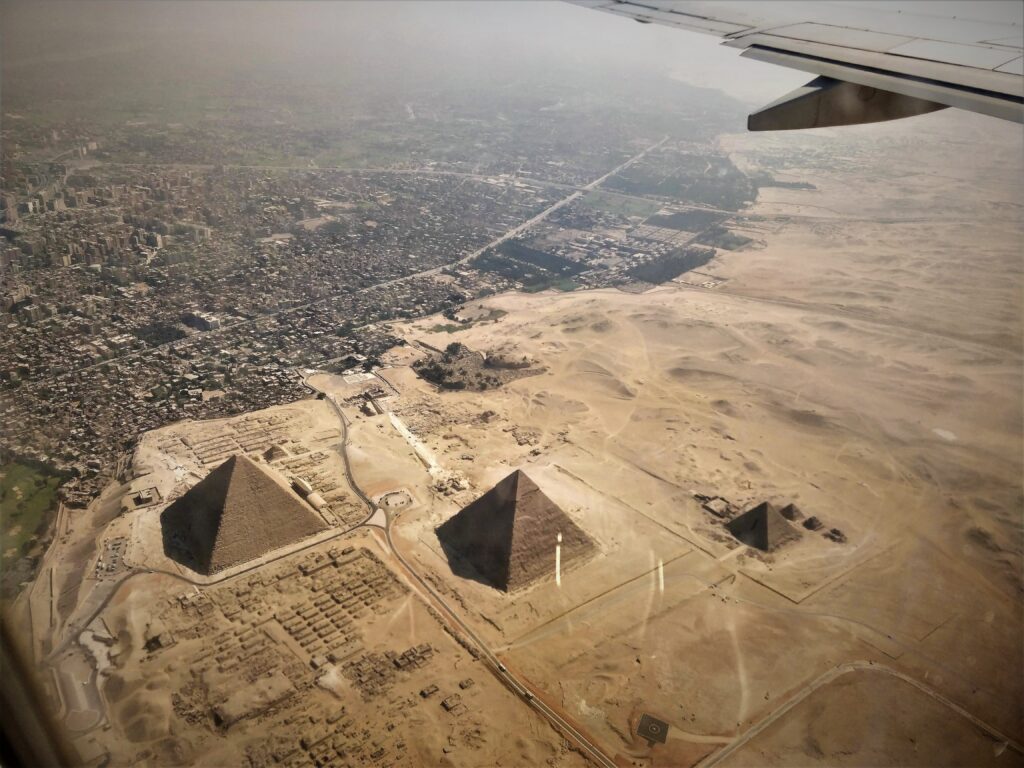
The Citadel of Saladin
The Citadel of Saladin is a fortification that was built in 1176 CE by Saladin, the first Sultan of Egypt. The Citadel is located on the eastern side of Cairo, and is home to several important monuments, including the Mosque of Muhammad Ali and the Madrasa of Sultan Hassan. The Citadel is an excellent example of Islamic architecture, and provides a fascinating insight into the city’s rich past.
The Hanging Church of Cairo
The Hanging Church of Cairo is one of the oldest churches in Egypt, and is considered one of the seven oldest churches in the world. The church was built in the 7th century AD, and is located in the Coptic Christian quarter of Cairo. It is renowned for its unique architecture, which includes a number of unusual features, such as a series of hanging wooden beams and a dome-shaped roof. Visiting the church is a great way to experience the city’s religious history.
The Khan El-Khalili Bazaar
The Khan El-Khalili Bazaar is one of Cairo’s most vibrant and lively attractions. Located in the Islamic district of Cairo, the bazaar is full of interesting shops and stalls selling everything from souvenirs to spices. Visiting the bazaar is a great way to explore the city’s culture, and visitors can also enjoy a range of traditional Egyptian dishes at the numerous cafes and restaurants.
The Egyptian Museum
The Egyptian Museum in Cairo is one of the world’s most important collections of ancient artifacts. Located in the city center, the museum houses an extensive collection of artifacts from all periods of Egyptian history, including the famous treasures of Tutankhamun. The museum is a great way to learn more about the history of Egypt, and is an essential stop for anyone visiting Cairo.
Cairo is a city of ancient wonders, and there are plenty of incredible sights to explore. From the majestic Pyramids of Giza to the bustling Khan El-Khalili Bazaar, there’s something for everyone in this exciting city. Whether you’re looking for a relaxing stroll through the city’s historic streets or an adrenaline-fueled adventure, Cairo is sure to provide an unforgettable experience.
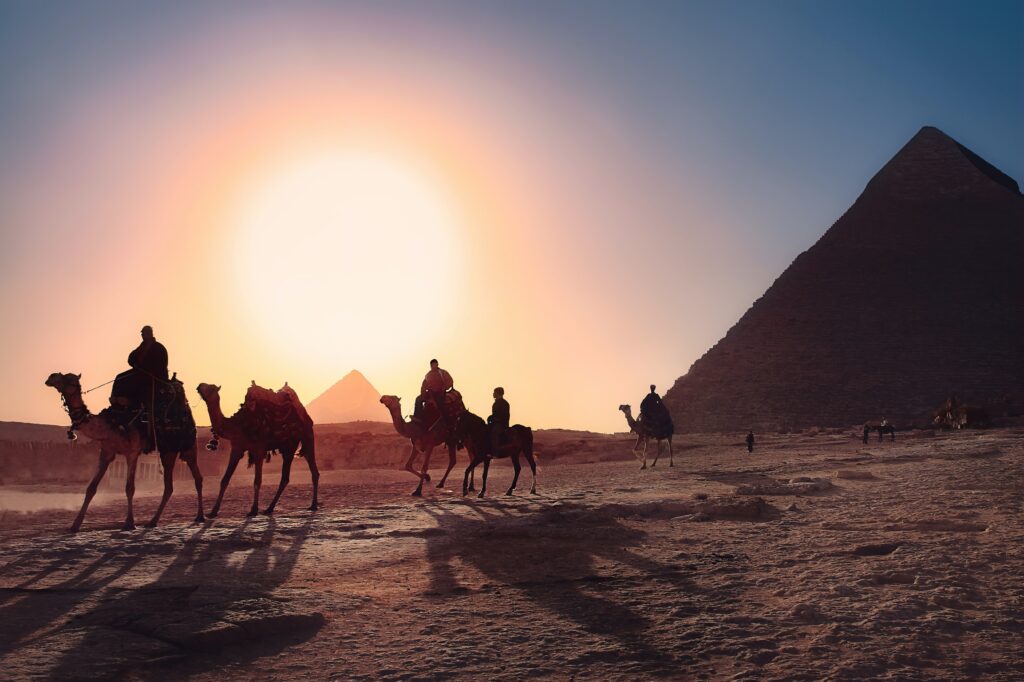
The History of the Pyramids of Giza
Cairo, Egypt is home to one of the most iconic and mysterious ancient monuments in the world: the Pyramids of Giza. Dating back to the 26th century BC, these three pyramids have been standing for more than 4,500 years. The three pyramids, known as the Great Pyramids of Giza, are believed to have been built as burial tombs for three different pharaohs of the 4th dynasty: Khufu, Khafre, and Menkaure.
The Design of the Pyramids
The Great Pyramids of Giza is a testament to the skill and ingenuity of the ancient Egyptians. The three pyramids are constructed with perfect symmetry and precision. The largest pyramid, the Pyramid of Khufu, is the oldest and largest of the three pyramids, standing at an impressive 146.7 meters in height. The other two pyramids, the Pyramid of Khafre and the Pyramid of Menkaure, are smaller but still impressive, standing at 136.4 meters and 65.5 meters, respectively.
What is Inside the Pyramids?
The interior of the pyramids are just as impressive as their exterior. Though the Pyramids of Giza were originally built as burial tombs for the pharaohs, they were also filled with treasure and artifacts. Ancient Egyptians believed that the pharaohs would need these treasures in the afterlife, so they filled the pyramids with gold, jewelry, and precious stones.
The Mystery Behind the Pyramids
One of the most intriguing aspects of the Pyramids of Giza is the mystery surrounding how they were built. Although the ancient Egyptians had access to primitive tools, it is unknown how they were able to construct such a massive and perfectly symmetrical structure. The Great Pyramid is estimated to have 2.3 million blocks of stone, and some of these blocks weigh up to 15 tons. The exact method of how they were able to move and construct these blocks has been lost to history.
The Legacy of the Pyramids
The Pyramids of Giza have become an iconic symbol of ancient Egypt, and they remain one of the most visited tourist attractions in the world. In 2019, the Pyramids of Giza welcomed 14 million visitors. People from all over the world come to marvel at the ancient monuments and try to unravel the mysteries that have remained hidden for centuries.
Exploring the Ancient Temples of Cairo
Cairo, the capital of Egypt is a city of ancient wonders and historical monuments. It provides a unique opportunity to explore the past and immerse in the ancient history of this vibrant city. Home to the legendary Pyramids of Giza, Cairo also houses some of the oldest and most magnificent temples in the world. These ancient temples serve as a reminder of Pharaohs and their power and grandeur.
Temple of Karnak
The Temple of Karnak is one of the most famous and majestic temples in Cairo. Constructed over more than 2,000 years, the temple is an impressive site with its gigantic columns, obelisks and courtyards. It is believed to be the second-largest ancient religious site in the world, covering an area of more than 200 acres. The temple is dedicated to the god Amun and features various monuments such as the Hypostyle hall, the Great Festival Hall of Thutmose III, and the Sacred Lake.
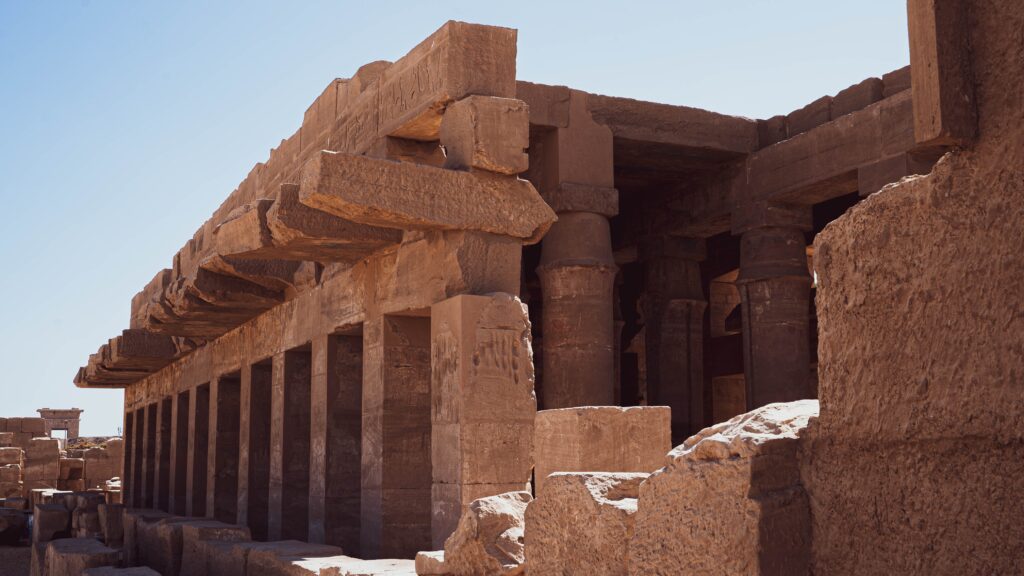
Luxor Temple
Luxor Temple is another famous temple in Cairo that is dedicated to the gods Amun, Mut and Khonsu. The temple is located on the east bank of the Nile and dates back to 1400 BC. It features several sections including the entrance pylon, the courtyard, the main hall and the sanctuary. It is also home to a number of exquisite statues and reliefs. Some of its famous monuments include the Obelisk of Tutmosis I, the Avenue of Sphinxes, and the Colossi of Memnon.
Abu Simbel Temples
The Abu Simbel Temples are two ancient temples located on the banks of the Nile River. The Great Temple of Ramses II is dedicated to the gods Amun, Ptah, and Re-Harakhty. It features four colossal statues of Ramses II in front of the entrance pylon. Inside, there is a sanctuary and a number of chambers with wall reliefs and statues. The Small Temple of Nefertari is dedicated to the goddess Hathor and is home to several statues of Nefertari.
Dendera Temple Complex
The Dendera Temple Complex is located in the north of Cairo and dates back to the Ptolemaic period. It is dedicated to the goddess Hathor and features several monuments such as the Temple of Hathor, the Roman Mammisi, and the Temple of Toth. It is home to some of the most exquisite reliefs and statues in Cairo, such as the zodiac ceiling in the Temple of Hathor and the colossal statue of Toth.
The Temple of Edfu
The Temple of Edfu is one of the most well-preserved temples in Cairo. It is dedicated to the god Horus and was constructed during the Ptolemaic period. The temple features a large entrance pylon, a hypostyle hall, and a sanctuary. It is also home to some of the finest reliefs in Cairo, such as the relief of Horus slaying a crocodile.
Exploring the ancient temples of Cairo is a great way to immerse yourself in the city’s rich history and culture. From the majestic Temple of Karnak to the exquisite Temple of Edfu, these ancient monuments are sure to leave you mesmerized. Whether you are a history buff or just someone who loves to explore and discover, Cairo’s ancient temples are sure to provide a unique and unforgettable experience.
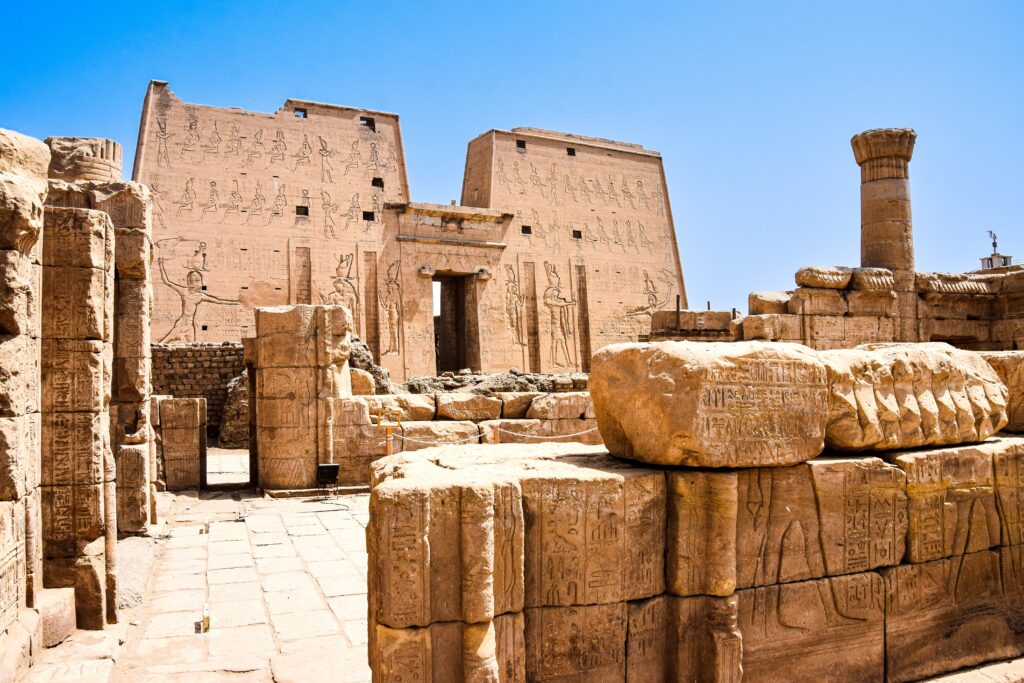
Discovering the Ancient Markets of Cairo
Egypt’s capital, Cairo, is one of the oldest cities in the world and is known for its rich history and culture. One of the best ways to explore this history is by discovering the city’s ancient markets. From bustling bazaars to traditional souks, Cairo’s markets offer a unique glimpse into the city’s past.
Khan el-Khalili
The most famous of Cairo’s ancient markets is Khan el-Khalili. This sprawling bazaar is located in Islamic Cairo and dates back to the 14th century. It is home to hundreds of shops and stalls selling everything from traditional souvenirs to spices and jewelry. Strolling through Khan el-Khalili is a great way to experience the city’s history and culture.
Souq Al-Fustat
Another historic market in Cairo is Souq Al-Fustat. Located in the heart of Old Cairo, this traditional souk is home to dozens of shops and stalls. It is one of the oldest markets in the city and has been selling goods since the 7th century. Souq Al-Fustat is the perfect place to find souvenirs and other traditional Egyptian items.
The Coptic Market
Another of Cairo’s ancient markets is The Coptic Market. This market is located in Old Cairo and specializes in Coptic items. It has been around since the 19th century and is home to dozens of shops and stalls selling religious items, jewelry, and other crafts. The Coptic Market is a great place to find traditional Coptic souvenirs.
The Spice Market
For those looking for something a little different, there is the Spice Market. This market is located in the heart of Islamic Cairo and has been around for centuries. It is home to dozens of shops and stalls selling a variety of spices, herbs, and other traditional items. The Spice Market is a great place to find unique and unusual ingredients.
Exploring the ancient markets of Cairo is a great way to immerse yourself in the city’s long history and culture. From bustling bazaars to traditional souks, the city’s markets offer something for everyone. Whether you’re looking for souvenirs or spices, there is something for everyone in the markets of Cairo.
The Cultural Significance of Ancient Cairo
Cairo is one of the oldest cities in the world, with a rich cultural heritage that dates back to the 4th century BC. Its ancient monuments, mosques, and tombs are an integral part of its cultural identity. As a result, it has become a major tourist destination for those looking to explore the ancient history of Egypt.
The city of Cairo is steeped in centuries of history, tradition, and culture. It is home to some of the oldest religious sites and archaeological sites in the world. It is also home to a variety of museums and galleries that showcase its impressive history.
The city of Cairo is home to the iconic Pyramids of Giza, which are among the world’s oldest and most famous monuments. These ancient structures, built over 4,000 years ago, are a symbol of the city’s rich cultural heritage and its importance throughout history. The city also has a number of other important monuments, including the Citadel of Saladin, the Mosque of Ibn Tulun, and the Mosque of Amr Ibn al-As.
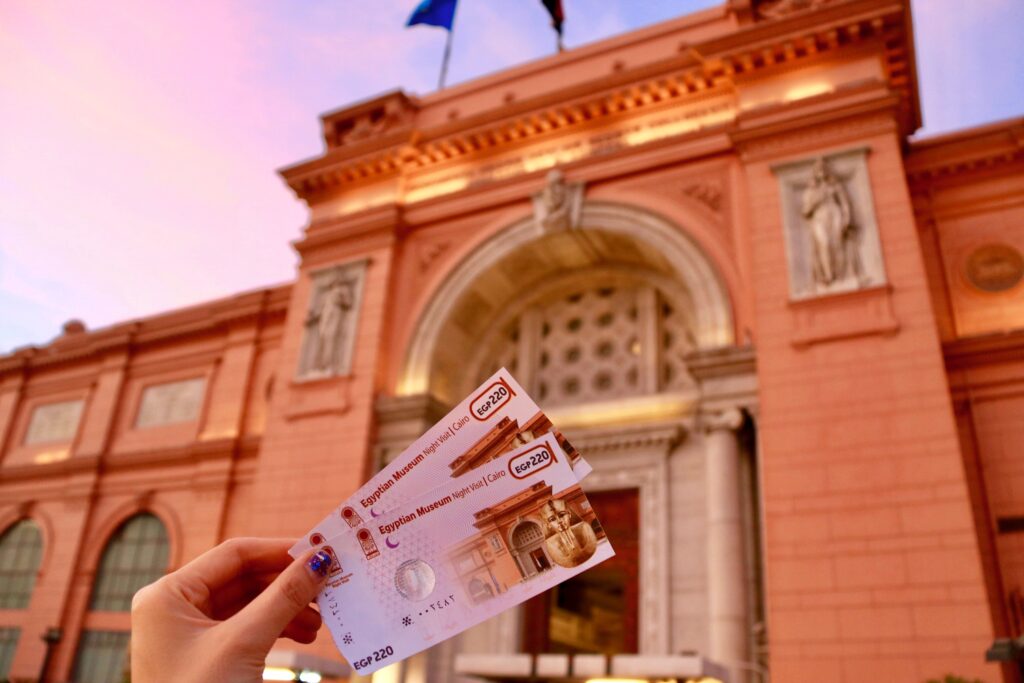
Cairo is also home to some of the world’s most renowned museums and art galleries. The Egyptian Museum of Antiquities houses some of the world’s most important artifacts, including the famous Tutankhamen’s tomb and the Rosetta Stone. It also contains a variety of ancient paintings, sculptures, and other artifacts from throughout history. The Museum of Islamic Art is another popular destination for those interested in exploring the city’s cultural heritage. It showcases a variety of Islamic art, such as stained glass, pottery, manuscripts, and calligraphy.
The city of Cairo is also home to a variety of festivals and events throughout the year, from the famous Coptic Christmas celebrations to Ramadan and the annual Nile Festival. These events are a great way to experience the culture and traditions of Cairo and the surrounding region.
The city of Cairo is an important cultural and historical hub in the Middle East. Its monuments, mosques, and museums offer a unique insight into the history of Egypt and the region. Its vibrant festivals and events provide an opportunity to experience the culture and traditions of Cairo and its people. Ancient Cairo, with its impressive monuments, museums, and galleries, is an ideal tourist destination for those looking to explore the cultural significance of Egypt’s past.
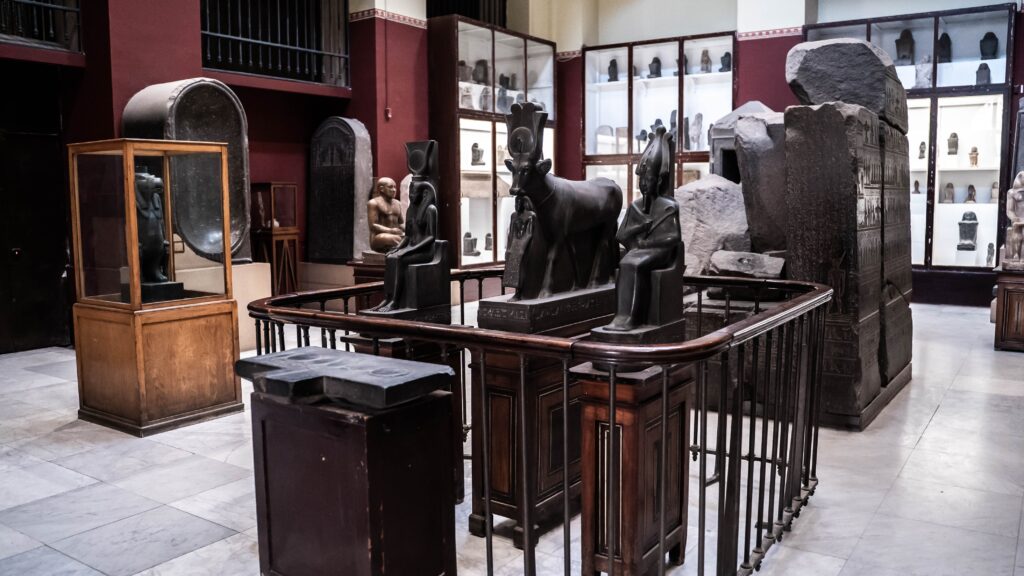
Conclusion
In conclusion, Cairo is a city that is full of ancient history and culture, and immersing oneself in it can be an incredible experience. From the ancient monuments, to the bustling markets and the beautiful streets, there is something here for everyone. It’s a city that is full of life and energy, and it’s a great place to explore and learn about the ancient history of this part of the world. So, why not head to Cairo and explore the ancient history of this amazing city?